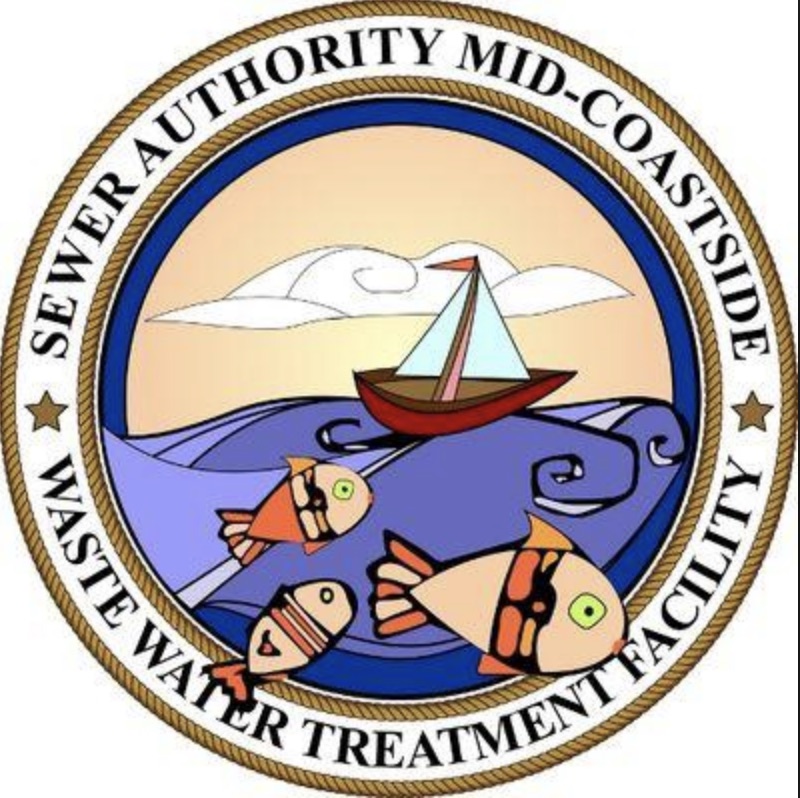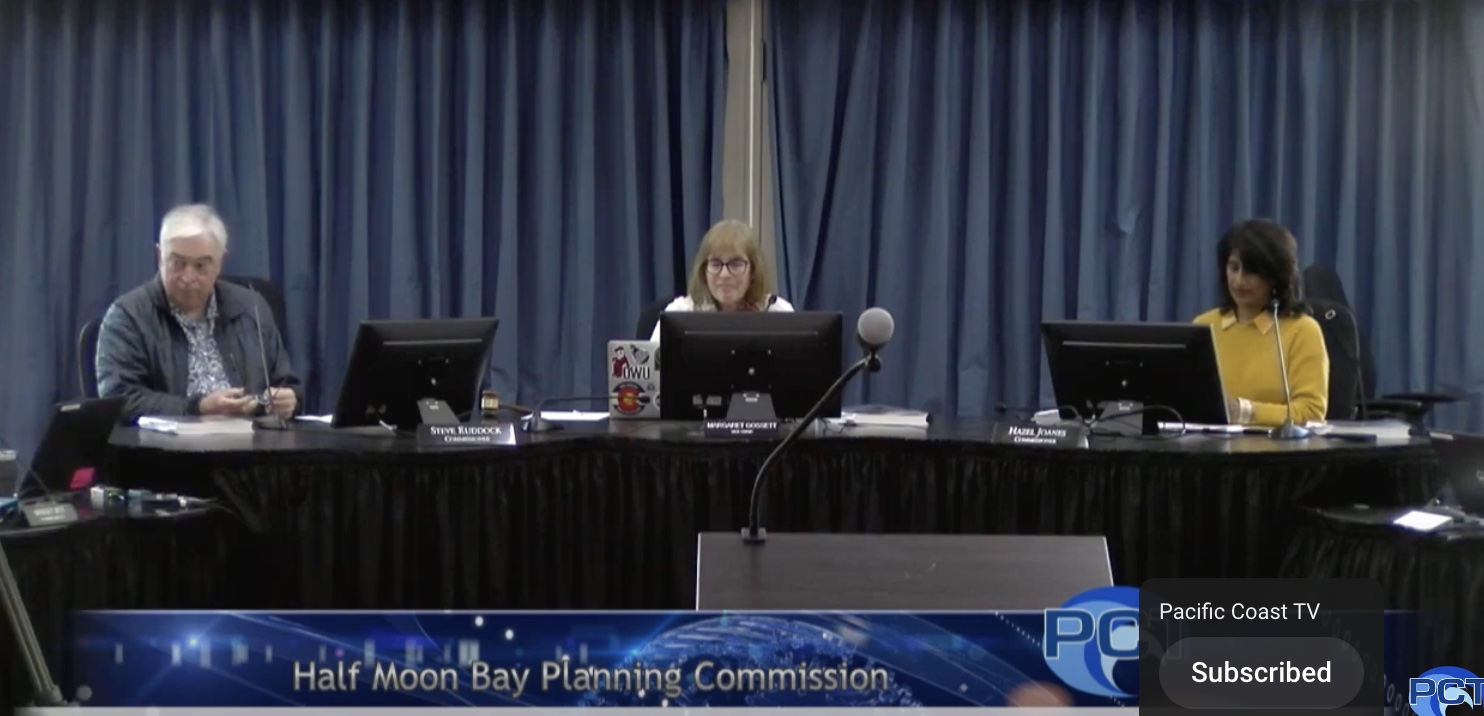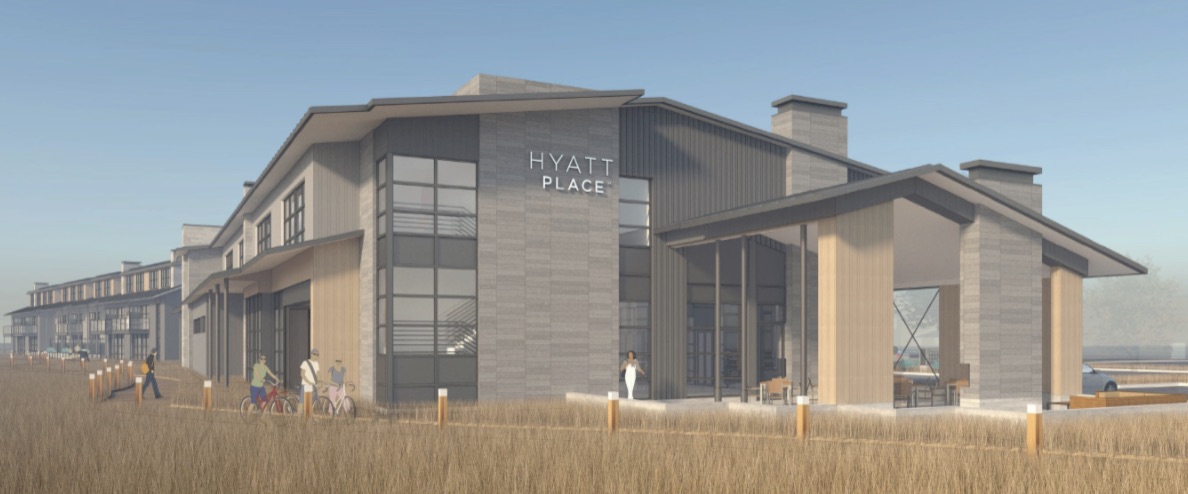|
Getting your Trinity Audio player ready...
|
VIDEO. Sewer Authority Mid-Coast (SAM) Director and City Councilwoman, Debbie Ruddock, reports back about the California State Assembly Select Committee on Sea Level Rise and the California Economy.
The panel discussion was held in Foster City 2/7/2020. Among others, Professor Kristina Hill, from UC Berkley, presented.
Rising Ground Water Will Be a Problem Before Sea Level Rise.
This was the second in a series of 3 meetings, one in Encinitas, Foster City and another one coming in April.
The meetings are designed to generate information that will be bundled into a large portfolio of legislation designed to deal with sea level rise. Plus there will be Climate Resiliency Bonds earmarked to the tune of $5-10 billion.
Bottom line is that the $5-10 billion that has been earmarked to deal with sea level rise needs to be distributed right away to get utilities above the rising ground water.






Here on the coast, I don’t think rising groundwater is likely to be a very big an issue. We have multiple porous layers in the rocks 10-30 feet below ground level, and they have a lot of water flowing at that level out to the coast so we already have fairly a fairly high ground water level Besides, most of the coast utilities are buried about as shallowly as possible, so the only way to raise them would be to move them up into the hills (which likely will be needed as sea level rises, in any case, and really only applies to main water and sewer lines, since everything else pretty much connects to buildings). Most pipes are somewhat resistant to water around them. Biggest issue would be telecom and underground electrical, but we don’t have a lot of underground electrical (especially high voltage) on the coast.
For the Bay Area and state as a whole, rising ground water will likely be an issue, and can’t be kept out by dikes, etc., unlikely the bay, which from the other references I found to Prof Hill’s work, seems to be the main point. It seems obvious to me that all shallow ground water will rise with sea level, but perhaps many people hadn’t thought of that. And for those on wells drawing water at shallow levels (some of the coast, but most coastside wells are deep, in any case.
All that said, of course I haven’t seen the original data. There is more info here in a Bay Nature article from a year ago: https://baynature.org/article/the-sea-beneath-us/ and that seems to be saying that yes, it’s sea-level rise driven ground water levels, and that dikes and levees can’t help with that. Something that is already seen in multiple places on the east coast with storm water drains flooding cities during storm tides, and of course we see that in Mill Valley, parts of 101, etc. as well.